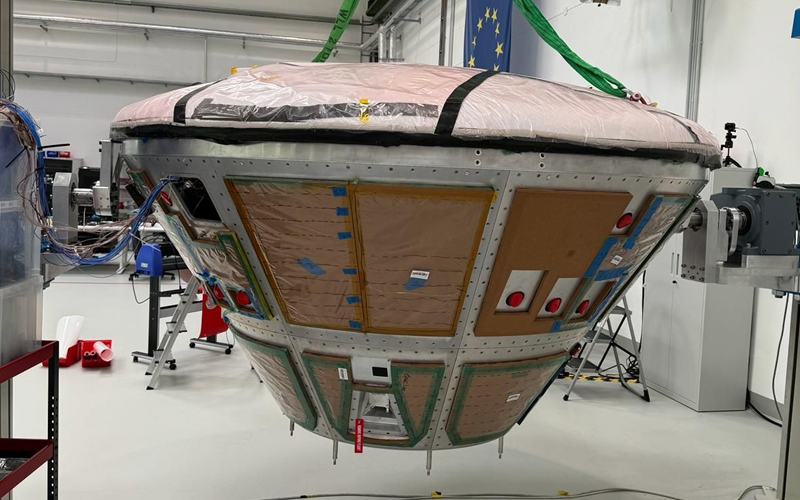
The Exploration Company has announced that its Mission Possible demonstrator was closed up and inverted into its launch position for the first time.
Mission Possible is the company’s second subscale demonstrator of its Nyx Earth spacecraft, which is designed to ferry cargo to and from orbit or host experiments in a free-flying configuration. The Mission Possible demonstrator has a diameter of 2.5 metres in contrast to the 4-metre diameter of its full-sized successor.
The Exploration Company shared the first update on the development of the Mission Possible demonstrator on 30 July 2023, with the successful completion of pressure and leak tests of the capsule’s pressurized compartment. In September, bonding of the thermal protection for the capsule’s heat shield began a process that would be completed in late October.
By February 2024, the capsule’s tank skids had been integrated, and teams were finalizing the integration of the avionics bays and electrical tests of the propulsion systems. The company had also completed the installation of thermal protection for the panels that would encase the capsule’s sensitive systems within.
On 28 March, The Exploration Company announced that it had completed a closed-loop comprehensive mission test. This was an important step in proving that the capsule’s systems are capable of performing the entire mission autonomously from separation to splash down and recovery.
Over the last 48 hours, the company has revealed that it had successfully qualified its on-board computer and payload interface unit, closed the capsule by fitting the last of its thermal-protection-clad panels, and inverted it into its launch position to check its center of gravity and integrate its parachute.
According to the most recent update, The Exploration Company expects to have the demonstrator complete and ready to undergo environmental tests by the end of this month.
The launch of the Mission Possible demonstrator is currently expected to occur in 2025. Before that happens, the company will launch its smaller Mission Bikini demonstrator aboard the maiden flight of Ariane 6.
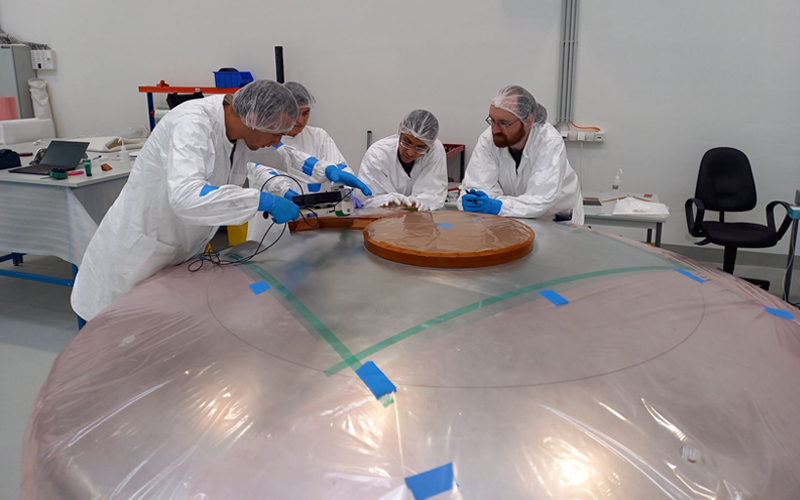
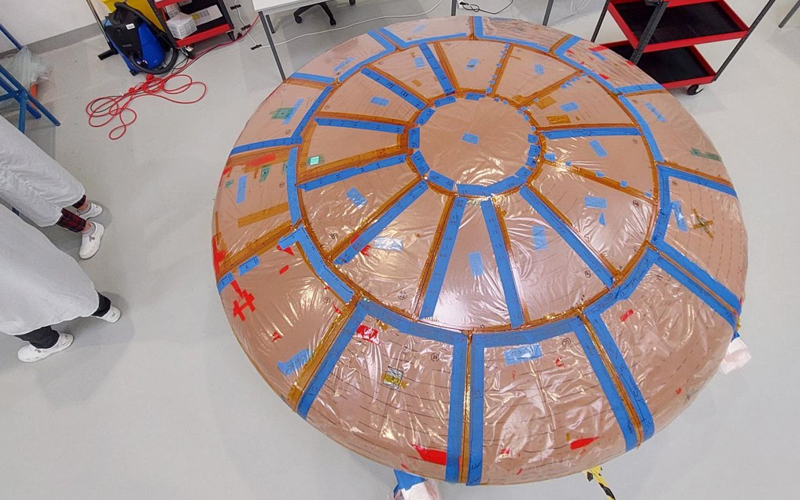

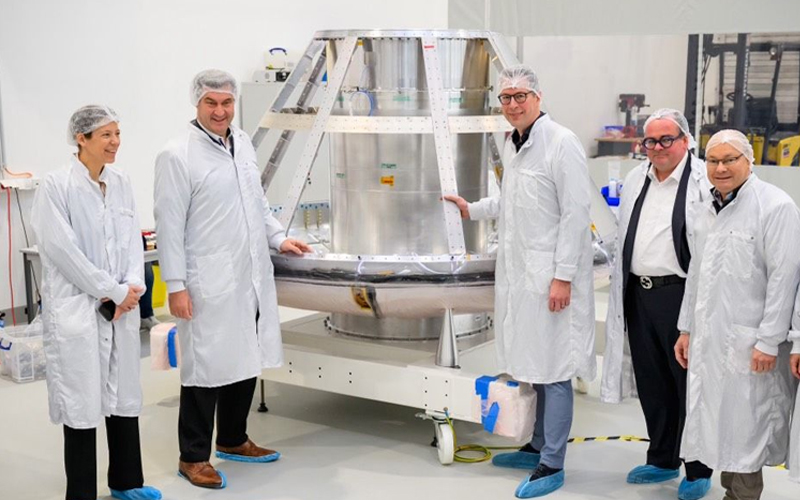
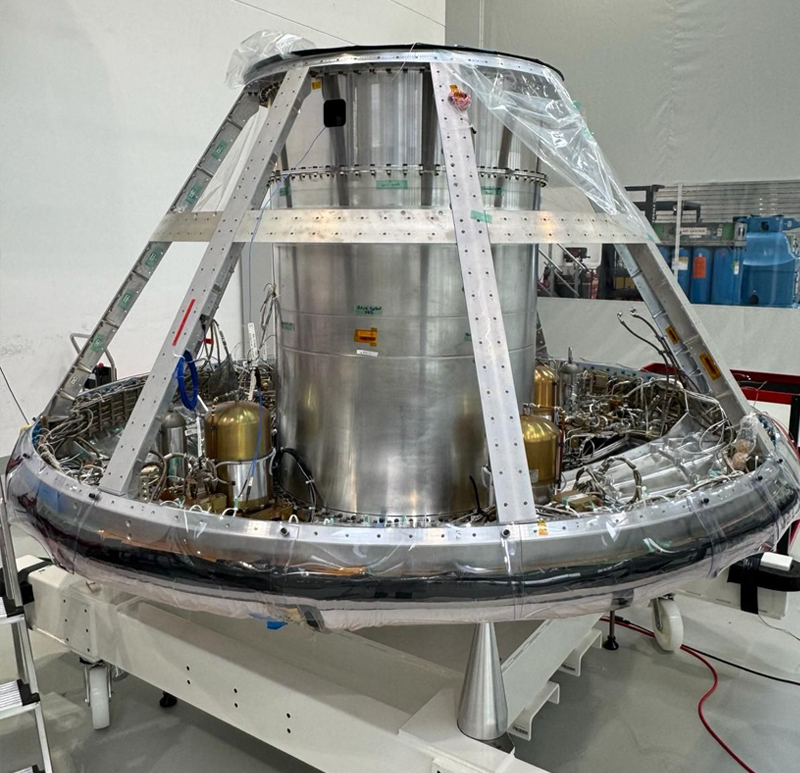

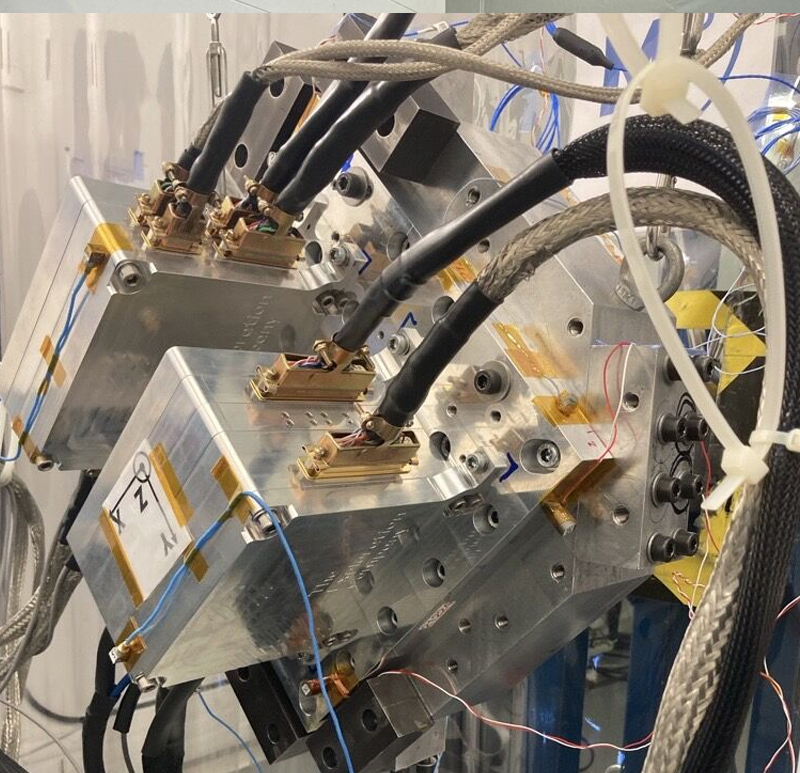
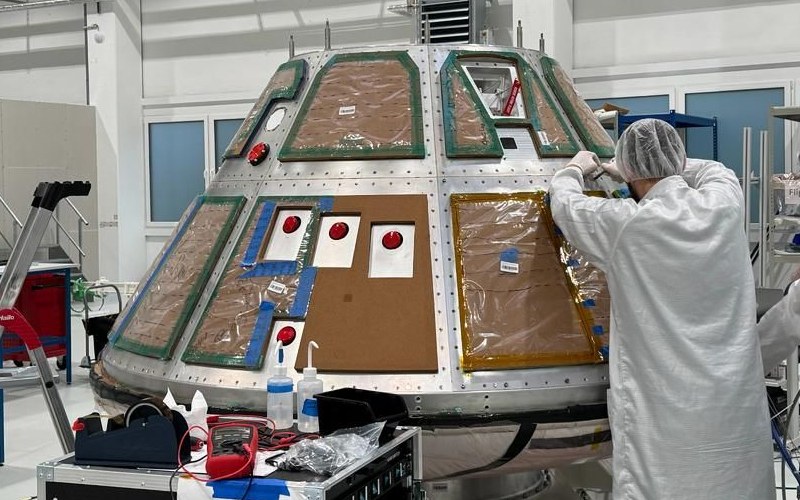
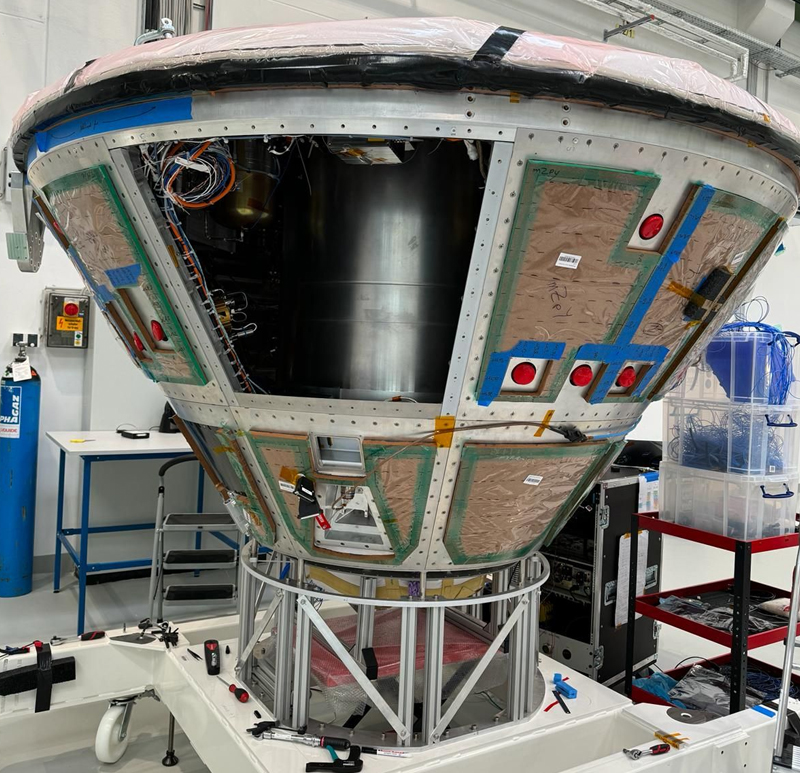
Mission Possible and its assisted reentry
While the Mission Possible demonstrator’s propulsion system allows it to orient itself for reentry, it is not equipped with a propulsion system capable of performing a burn to deorbit the capsule. As a result, the demonstrator will remain attached to the upper stage of its launch vehicle as it completes a reentry burn. It will then be separated for the rocket’s upper stage before reorienting itself for re-entry. Once it has been sufficiently slowed by atmospheric braking, its parachute will be deployed, allowing for a gentle splash down in the ocean.




